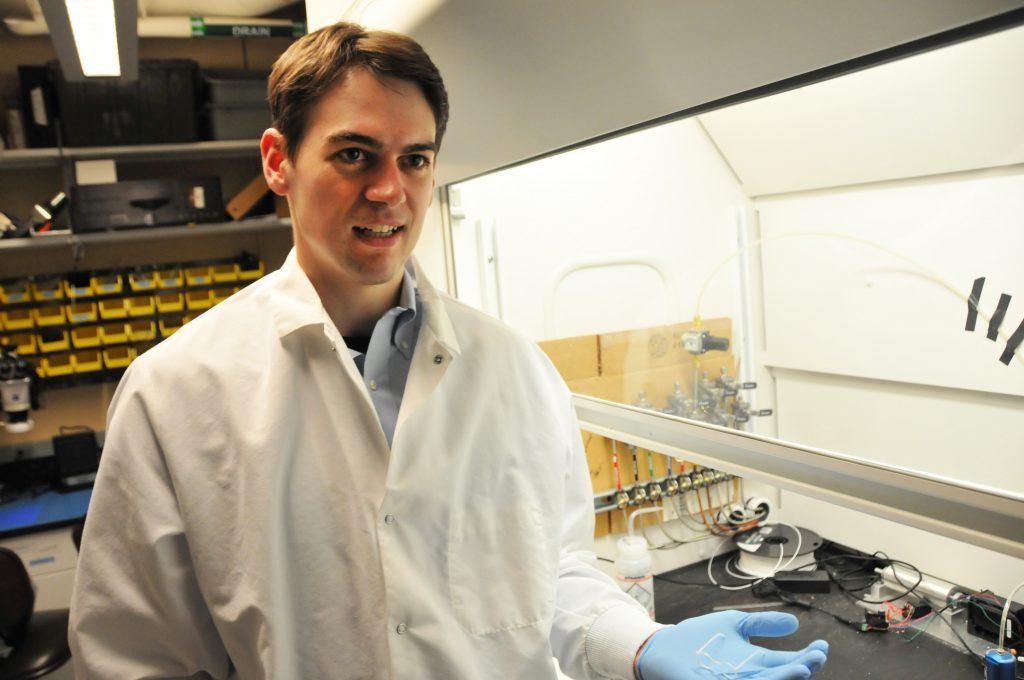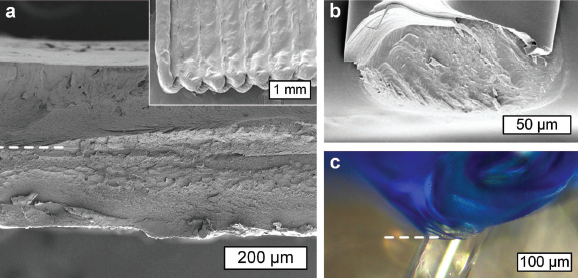Imagine a material that is strong, flexible, renewable, biodegradable and just so happens to be omnipresent in natural and man made materials. Now imagine being able to 3D print this material into almost any shape or form that you wish to.
Such a material is the polysaccharide cellulose, and it is found in plant wood, cotton fibres, and consequently in fabrics and paper. MIT scientists Dr. Sebastian Pattinson and Prof A.J. Hart have now published a possible method of 3D printing a derivative of cellulose as a substitute for environmentally problematic plastics, one which sidesteps previously encountered problems.

The Hydrogen problem
Current research into 3D printing cellulose has suggested that it is suitable for use in food products in certain forms. However, In a recent interview with R&D magazine, Pattinson explained two key problems with 3D printing cellulose because of the Hydrogen bonds between the cellulose molecules
The first problem is thermal decomposition. “When you have a polymer and you want to 3D print it, you have to heat it up until it becomes flowable and then you can extrude it through a nozzle and deposit it layer by layer”, Pattinson explained, “however, because of the hydrogen bonding, cellulose will actually thermally decompose before it becomes flowable”.
The second Hydrogen issue is the problem with printing solid structures. “if you want to dissolve cellulose or put it in suspension,” Pattinson continued, “the hydrogen bonding will lead those solutions or suspensions to become extremely viscous, even at very low cellulose loading.”
While this makes cellulose suitable as a nano-filler to improve bonding between molecular matrices and 3D printed layers, it the viscosity of any suspensions makes it less suitable for high density applications such as furniture or pharmaceuticals almost impossible.

The acetate solution
The method that the MIT researchers have proposed in their research paper involves using a derivative of cellulose, cellulose acetate (CA), a common component of cigarette filters, instead of regular cellulose. In CA, around 80% of the hydroxyl groups on the cellulose molecule are replaced by acetate groups, to disrupt the strong hydrogen bonds.
The CA feedstock can then be dissolved in acetone, to form a viscous composite or “dope”. This composite can then be extruded through a nozzle to form a filament that is suitable for 3D printing.
Acetone was chosen because it is an inexpensive solvent that evaporates quickly due to its high vapor pressure, and could be recycled if condensation schemes are introduced. After evaporation, the highly adhesive nature of the CA and acetone composite was lost.
Printing and testing the cellulose
In the MIT scientists’ experiment, the CA-acetone filament was deposited onto the build plate in a series of layers using a Printrbot Simple Metal 3D printer. The extruder consisted of a Nordson HP7x syringe holder, fitted with a Nordson EFD 7018417 end, and powered by a Nordson Ultra 2400 air pump.
As detailed in the research paper, after printing, the cellulose acetate parts can be converted to cellulose proper by de-acetylation using sodium hydroxide.
The first test for the 3D printed cellulose was the part geometry, for which the scientists successfully 3D printed a miniature pair of glasses and a rose. The scientists also found the mean toughness of a de-acetylated cellulose part was 46% greater than a CA part, which in turn was significantly stronger than ABS, PLA and some Nylon fibres.
Finally, the scientists added Toluidine Blue and Rose Bengal antimicrobial dyes to CA/acetone printing dope to test the anti-microbial properties of the material. Exposing E. coli bacteria to 3D printed disks of a diameter of 30mm with the dye in light resulted in a 95% reduction in viable count of bacteria compared to a control sample.
In light of these results, Pattinson suggested that the process could eventually be used to 3D print spectacle frames, due to the strength and flexibility of the material, and medical instruments, thanks to their anti-microbial efficiency.

For regular updates on 3D printing research and development, subscribe to our free 3D Printing Industry newsletter, follow us on Twitter, and like us on Facebook.
Featured image shows fibers of cellulose acetate under the microscope. Photo via R & D magazine.

